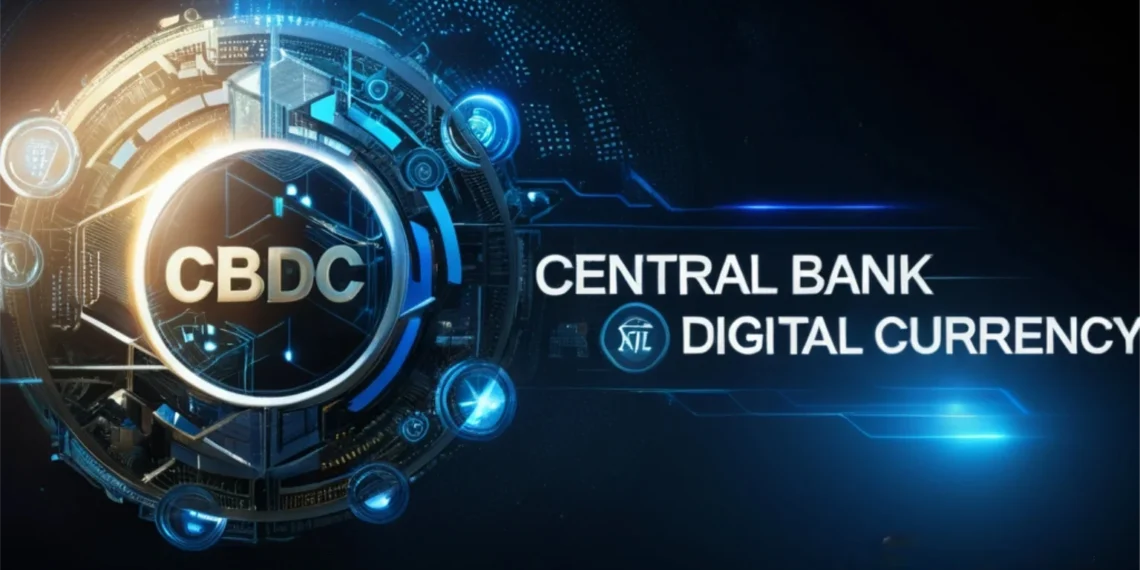The Bahamas has established a two-year timeframe for integrating the “Sand Dollar,” its central bank digital currency (CBDC), into the operations of commercial banks to increase its acceptance. The Central Bank of The Bahamas’ governor, John Rolle, has shared plans to create the required laws and guarantee that all commercial banks give their customers access to the CBDC.
Banks in the Bahamas Will Implement CBDC in Two Years
The goal of the central bank’s strategy is to move from promoting to requiring the use of the Sand Dollar on all banking platforms. Commercials will need to modify their IT systems to integrate the new standards. As the integration moves further, these changes are essential to improving the nation’s mobile payment systems and enabling the wider usage of CBDCs. The change is necessary for modernizing financial transactions and enhancing the digital economy’s infrastructure, notwithstanding the technological difficulties.
The Sand Dollar’s acceptance rate needs to be improved; according to data, it makes up less than 1% of all cash in circulation in the country. Between August 2022 and August 2023, the amount of wallet top-ups dropped significantly from $49.8 million to $12 million. This sharp fall has forced the central bank to switch from the voluntary adoption of digital money to its mandatory integration.
Bahamas to Promote Adoption of Digital Currency
The Bahamas’ approach is in line with an expanding worldwide trend in which central banks are attempting to compel the use of virtual currencies. For example, suppose the introduction of a digital euro is carried out. In that case, the European Central Bank has indicated that it intends to require retail and commercial banks to provide and use it.
Moreover, the Reserve Bank of India provides a helpful comparison. It first offered incentives to customers and bank staff to use digital currency, and it recently accomplished a noteworthy milestone by completing one million retail transactions. Nevertheless, there was a significant decline in daily transactions after these incentives were removed, indicating the difficulties in creating spontaneous demand for digital currencies.
To guarantee broad acceptance, the Central Bank of the Bahamas concentrates on regulatory measures rather than offering financial incentives for adopting the CBDC. By drawing comparisons between these foreign experiences, the Bahamas hopes to develop a regulatory framework that allows for a solid and long-lasting relationship with the Sand Dollar, potentially creating a precedent for using digital currency that could impact worldwide monetary policy.


























